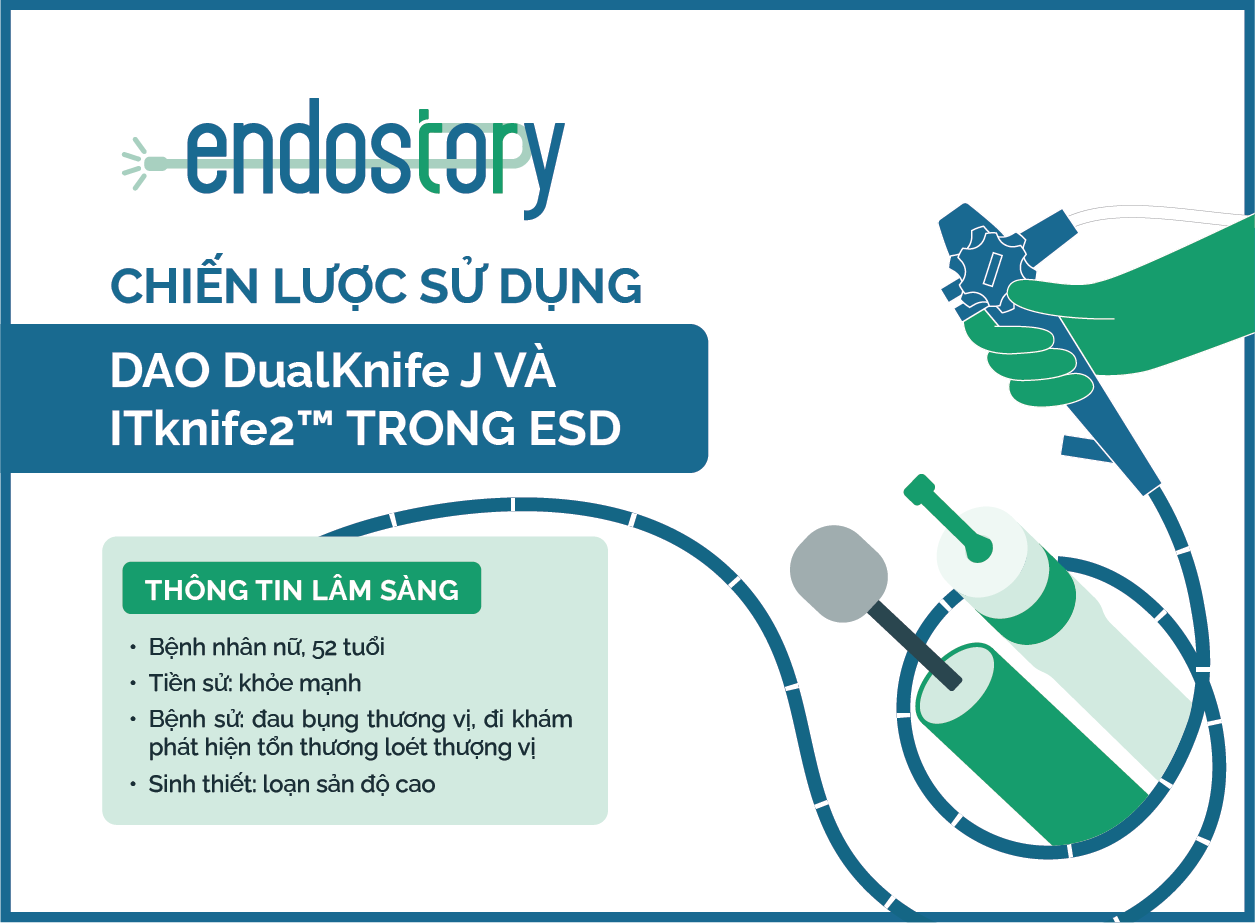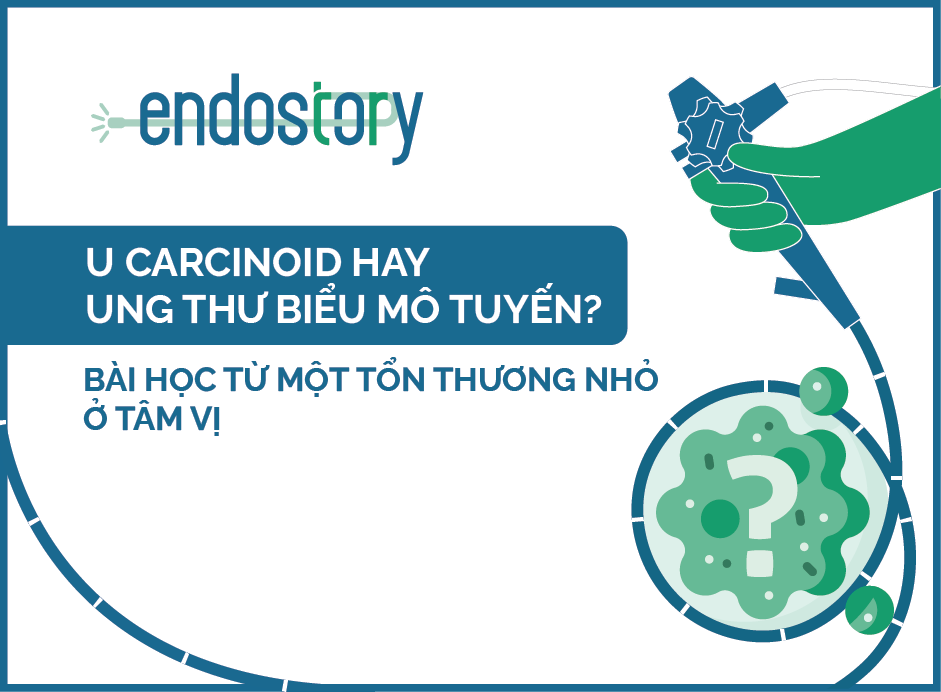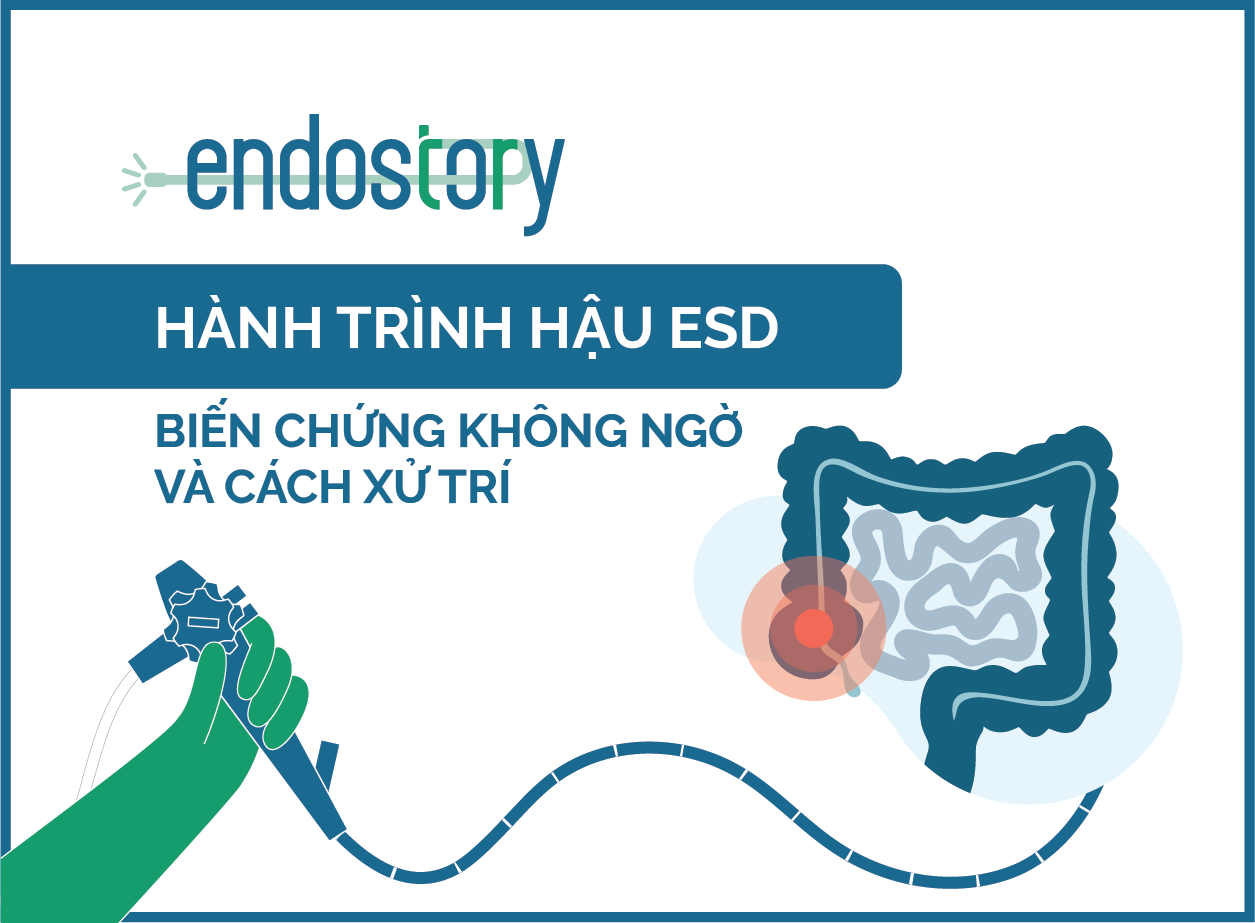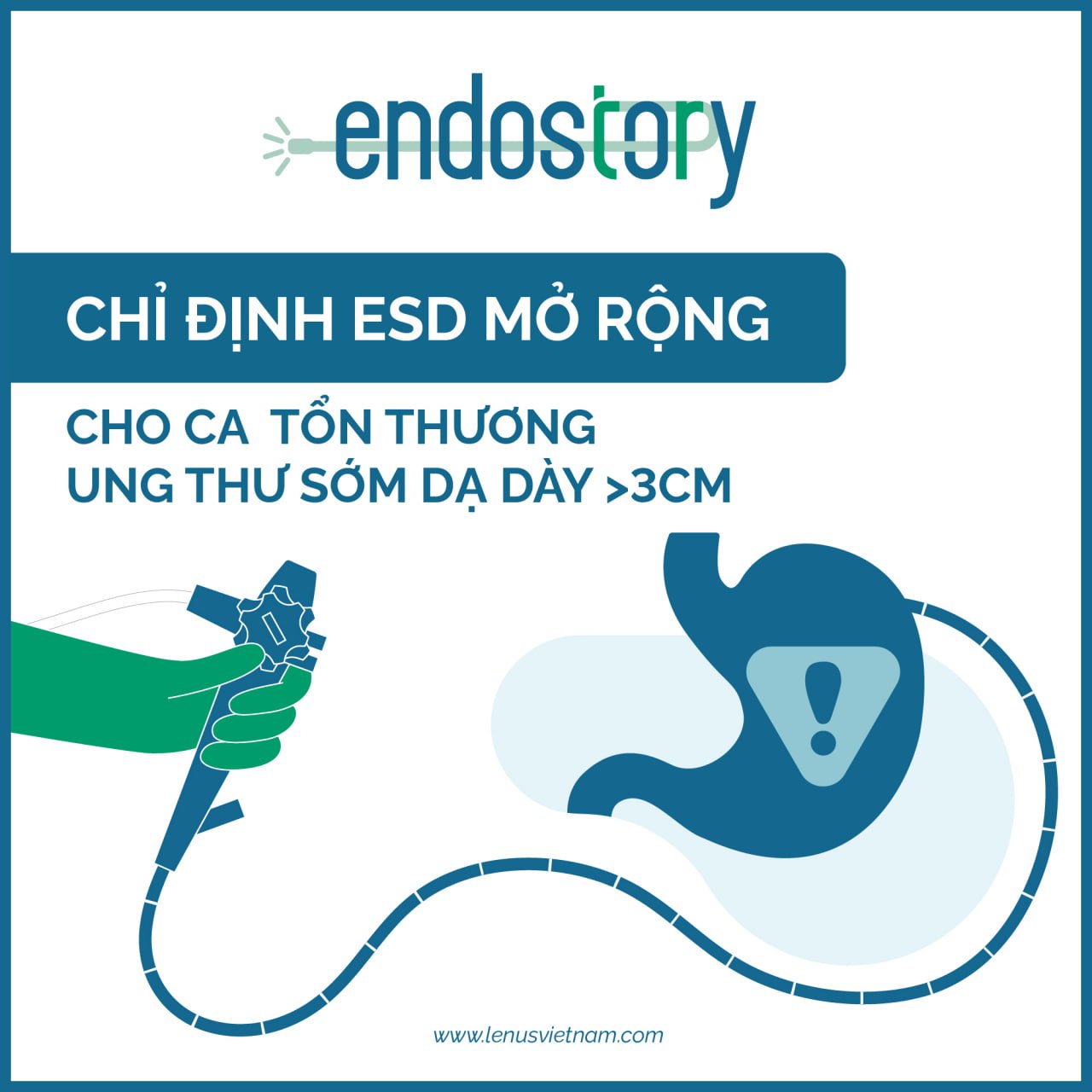ENDOSTORY No.11: Submucosal Injection Solution – The Silent Companion in ESD Procedures
The role of the submucosal fluid cushion (SFC) may seem simple, but in reality, it is a key factor for procedural success. Since 1984, when Tada et al. first introduced EMR, followed by various modifications and particularly the technique of injecting hypertonic saline with epinephrine (EHRSE), the concept of “mucosal lifting injection” has marked the beginning of a long journey of development up to the present day.
The role of submucosal injection solution
The submucosal injection solution acts as a mechanical buffer that separates the mucosa from the muscular layer, minimizing thermal injury to the muscle layer, which could otherwise lead to complications such as bleeding from eroded vessels or full-thickness perforation. At the same time, it helps clearly expose tissue planes, blood vessels, and fibrous tissue, thereby guiding the dissection line and reducing bleeding.
An ideal submucosal injection solution should meet the following characteristics:
| STT | Criteria | SFC Characteristics |
| 1 | Cost | Inexpensive |
| 2 | Transparency | Sufficient transparency to visualize submucosal structures |
| 3 | Local and systemic toxicity | Non-toxic |
| 4 | Availability | Widely available |
| 5 | Storage | Storable at room temperature, no refrigeration required for transport |
| 6 | Transport | Can be sterilized without degradation, requires no mixing except for dilution |
| 7 | Viscosity | Liquid state at room temperature |
| 8 | Ease of injection | Easily injectable through standard needles |
| 9 | Duration of submucosal elevation | Maintains elevation throughout the EMR/ESD procedure or requires minimal reinjection |
| 10 | Electrical conductivity | Nearly non-conductive |
| 11 | Other tissue effects | Promotes ulcer healing and hemostasis, facilitates separation of tissue planes, softens connective tissue for easier dissection, and leaves no residue after electrocautery |
The development journey of submucosal injection solutions in clinical practice
First generation – Normal saline
Normal saline or normal saline mixed with 1:10,000 epinephrine was the foundational solution. A study by Conio and Rajan in 2002 (1) showed that the average duration of elevation achieved by normal saline was only about 2.4 minutes—significantly shorter than that of other solutions (such as 50% dextrose and 10% glycerin)—requiring multiple injections throughout the procedure. The main advantages of this first-generation solution were its low cost, ease of use, and wide availability.
Early improvements with Dextrose and Glycerin
The study by Conio and Rajan also demonstrated that D50 (50% dextrose) and 10% glycerin maintained elevation approximately two minutes longer than normal saline. At the time of the study, D50 had already been adopted at Rochester and Minnesota (USA), and later, Varadarajulu (2) also showed that 50% dextrose outperformed normal saline in achieving en bloc resection—82% versus 44% (p>0.01). Furthermore, the solution remained visible after polypectomy in 96% of patients.
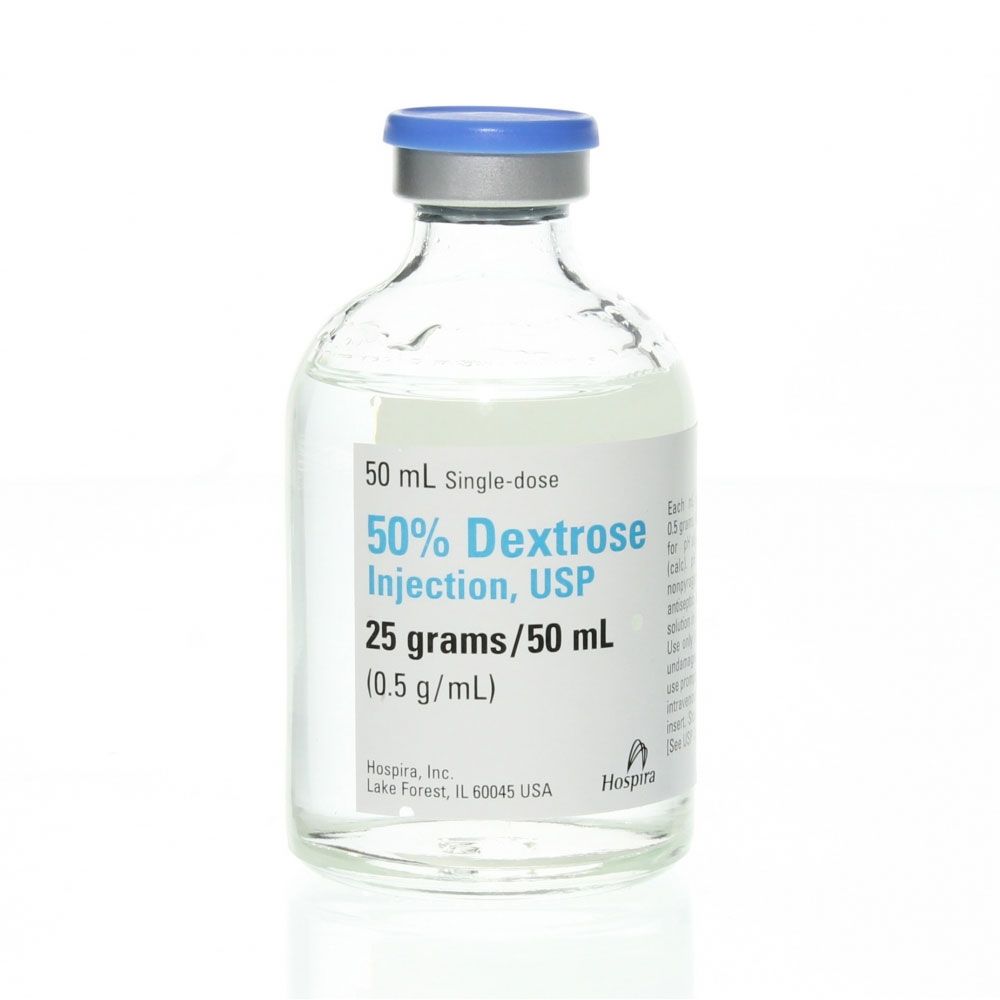
The “gold standard” but costly option – Hyaluronic acid (HA)
HA provides a superior lifting duration (~22 minutes), allowing safer manipulation, and is considered the standard solution in Japan (1). However, HA has major limitations, including high cost, challenging storage requirements, and limited availability in many countries, making its widespread use difficult.
A practical alternative – Hydroxypropyl methylcellulose (HPMC)
In late 2002, Feitoza, Gostout, and colleagues (3) reported using another SFC solution for EMR—hydroxypropyl methylcellulose (HPMC)—which quickly became the preferred choice at the Mayo Clinic. This solution, commonly available as a 2.5% ophthalmic preparation, is inexpensive, easy to inject, and maintains mucosal elevation for 35–45 minutes. Both animal and clinical studies have shown that HPMC is safe, produces minimal tissue reaction, and allows for prolonged procedures. The 0.83% diluted HPMC formulation is commonly used in EMR/ESD, striking a balance between efficacy and practicality.
New trials: blood, HES, pressure infusion, and gel
- Whole blood: Provides significantly more durable elevation than other SFCs and is comparable to HA. Although blood offers superior cushion height and duration, it has several drawbacks, including darkening the endoscopic field due to color change, impaired visibility from thermal coagulation effects, and early coagulation that reduces injectability. (4,5)
- HES (Hydroxyethyl starch): A study of 49 patients showed that HES with epinephrine provided a longer SFC duration (average 18.5 minutes) compared to saline with epinephrine (average 11.6 minutes). However, complications such as perforation, post-polypectomy syndrome, and delayed bleeding were reported. (6) In Vietnam, one HES formulation—Voluven 6%—is now widely used in many endoscopy centers due to its reasonable cost, ease of use, and sufficient cushion duration for standard ESD procedures.

- Pressurized saline injection (STEP): Using the Erbe Jet system allows pressurized saline injection, achieving a lifting effect comparable to viscous solutions without the need for frequent instrument changes. Clinical studies have shown that this method can resect lesions up to 80 mm in size, with a complete resection rate of 91%. (7–10)
- Dedicated gel from Cook Medical: This gel creates a hydraulic submucosal dissection layer due to its high viscosity, enabling faster and more efficient manipulation. However, the method requires special tools (such as a 19G EUS needle and pressure injector) and is not yet widely used. (11–12)
Conclusion
More than three decades since EMR was first introduced, the search for the ideal submucosal injection solution has evolved from the simple beginnings with saline to the advances seen with dextrose, glycerin, hyaluronic acid, HPMC, and more recent trials involving HES, blood, or specialized gels. Each solution offers its own advantages and limitations, and to this day, no single option is considered universally ideal.
In practice, the choice of injection solution should depend on clinical context, cost, availability, and institutional experience. Japan continues to favor HA, while the Mayo Clinic (USA) prefers HPMC as a balanced approach. In Vietnam, Voluven 6% has become a popular choice due to its practicality and effectiveness.
The most important point to remember is that understanding the specific properties of each solution and applying them flexibly to each case is the key for endoscopists to both optimize outcomes and minimize patient risk.
References
(1): Conio M, Rajan E, et al. Comparative performance in the porcine esophagus of different solutions used for submucosal injection. GastrointestEndosc. 2002;56(4):513–6.
(2): Varadarajulu S, Tamhane A, Slaughter RL. Evaluation of dextrose 50 % as a medium for injection-assisted polypectomy. Endoscopy. 2006;38(9):907–12.
(3): Feitoza AB, Gostout CJ, et al. Hydroxypropyl methylcellulose: a better submucosal fluid cushion for endoscopic mucosal resection. GastrointestEndosc. 2003;57(1):41–7.
(4). Al-Taie OH, Bauer Y, et al. Efficacy of submucosal injection of different solutions inclusive blood com- ponents on mucosa elevation for endoscopic resection. Clin Exp Gastroenterol. 2012;5:43–8.
(5). Shastri YM, Kriener S, et al. Autologous blood as a submucosal fluid cushion for endoscopic mucosal therapies: results of an ex vivo study. Scand
J Gastroenterol. 2007;42:1369–75.
(6). Fasoulas K, Lazaraki G, et al. Endoscopic mucosal resection of giant laterally spreading tumors with sub- mucosal injection of hydroxyethyl starch: compara- tive study with normal saline solution. Surg Laparosc Endosc Percutan Tech. 2012;22(3):272–8.
(7). Kahler GF, Sold M, et al. Selective tissue elevation by pressure injection [STEP] facilitates endoscopic mucosal resection [EMR]. Surg Technol Int. 2007;16:107–12.
(8). Lingenfelder T, Fischer K, et al. Combination of water-jet dissection and needle-knife as a hybrid knife simplifies endoscopic submucosal dissection. Surg Endosc. 2009;23:1531–5.
(9). Lepilliez V, Robles-Medrana C, et al. Water-jet dis- sector for endoscopic submucosal dissection in an animal study: outcomes of the continuous and pulsed modes. Surg Endosc. 2013;27:2921.
(10). Belle S, Collet PH, et al. Selective tissue elevation by pressure for endoscopic mucosal resection of colorec- tal adenoma: first clinical trial. Surg Endosc. 2012;26:343–9.
(11). Khashab MA, Saxena P, et al. A novel submucosal gel permits simple and efficient gastric endoscopic sub- mucosal dissection. Gastroenterology. 2013;144: 505–7.
(12). Khashab MA, Sharaiha RZ, et al. Novel technique of auto-tunneling during peroral endoscopic myotomy (with video). Gastrointest Endosc. 2013;77(1):119–22
About the ENDOSTORY
ENDOSTORY is a clinical endoscopy case-sharing series produced by Lenus Vietnam, aiming to provide useful insights for endoscopists. Each week, a “story” is carefully selected and published on the Lenus Vietnam fanpage at 8:00 PM every Friday.
The series is professionally advised by Dr. Tran Duc Canh – an expert in early cancer diagnosis and treatment. Not only has Dr. Canh directly performed numerous complex ESD cases, but he has also trained many young Vietnamese endoscopists in ESD techniques, helping to popularize this “golden key” method for early gastrointestinal cancer treatment. His spirit of sharing and dedication to spreading knowledge has been a source of inspiration for the creation of the ENDOSTORY journey.

